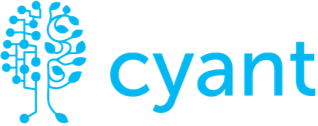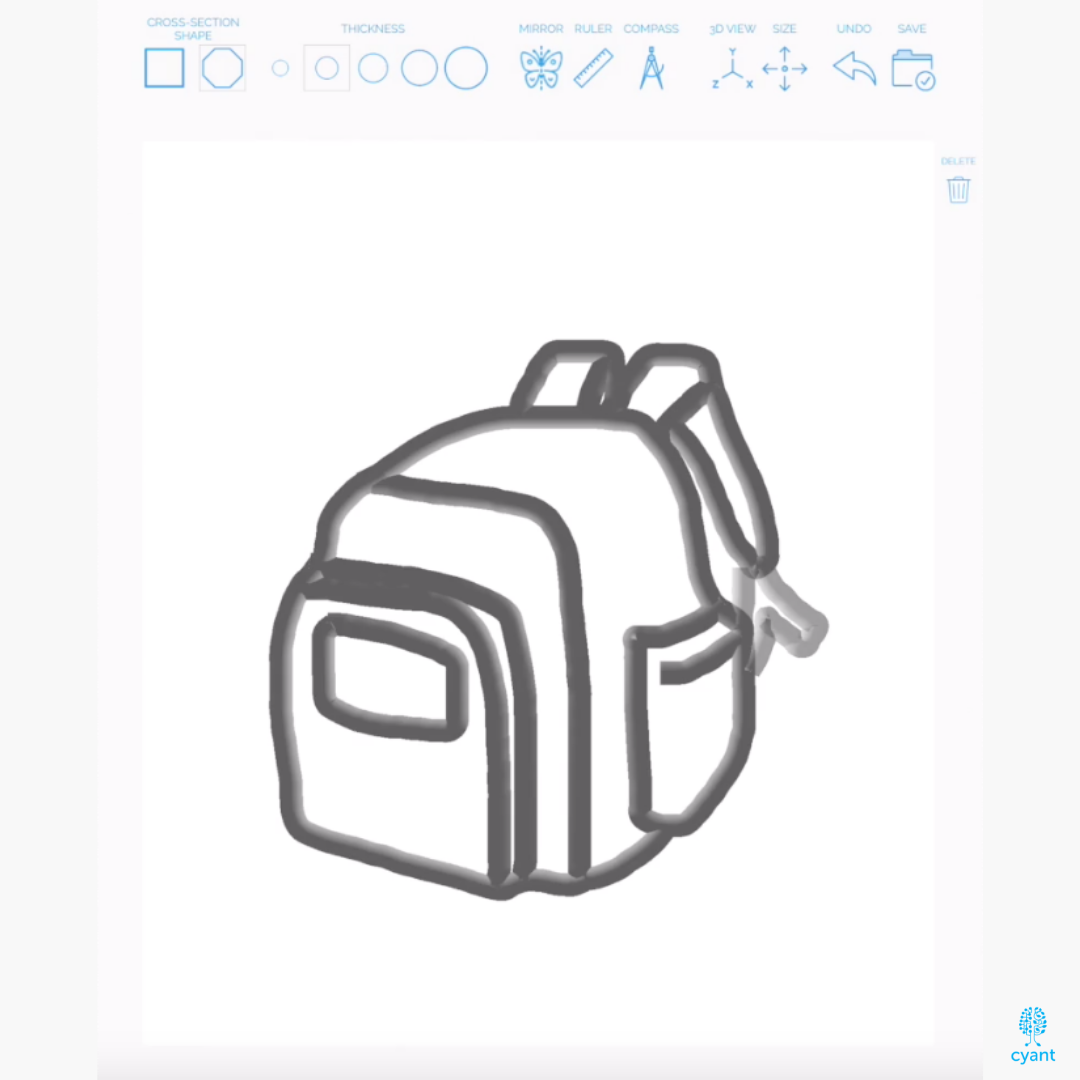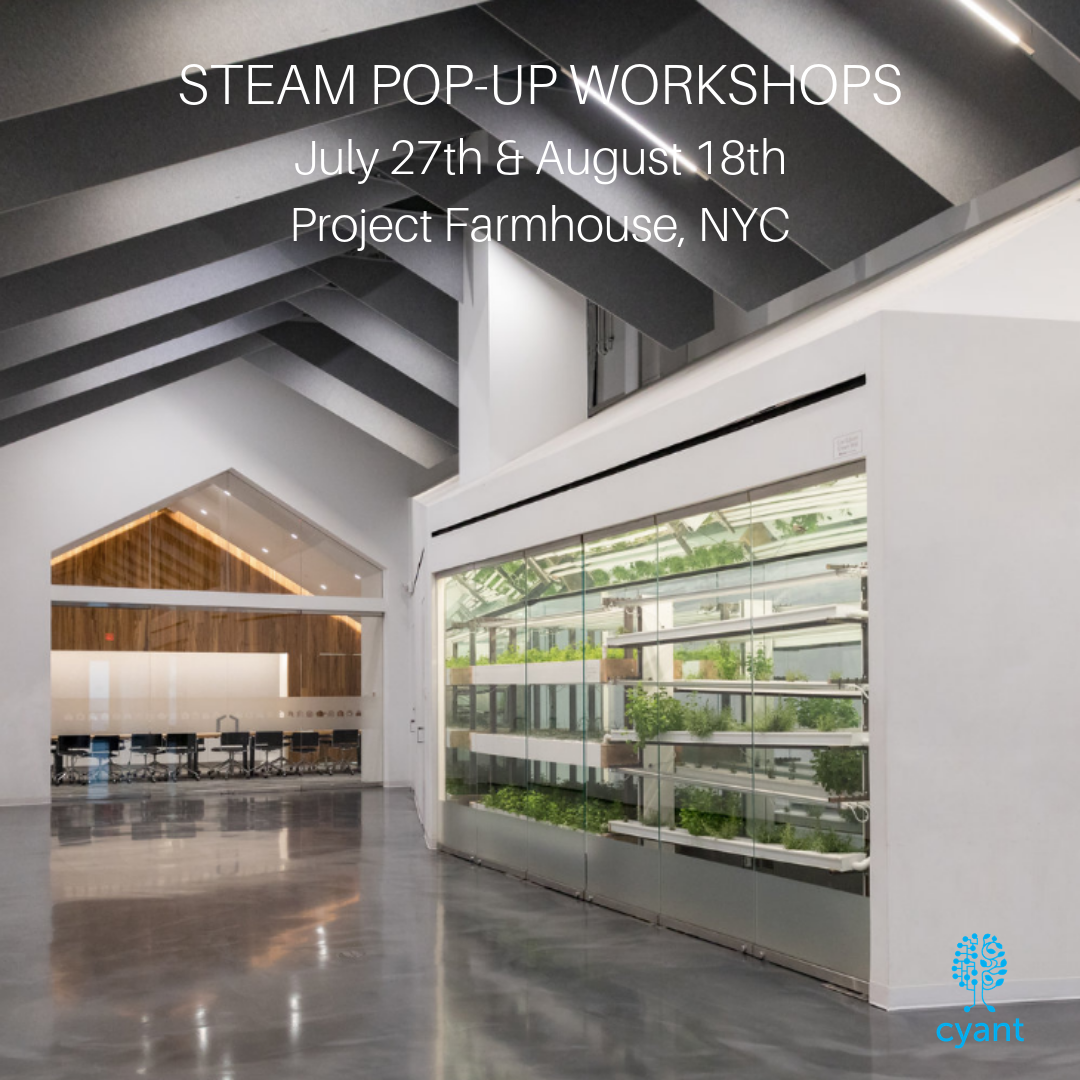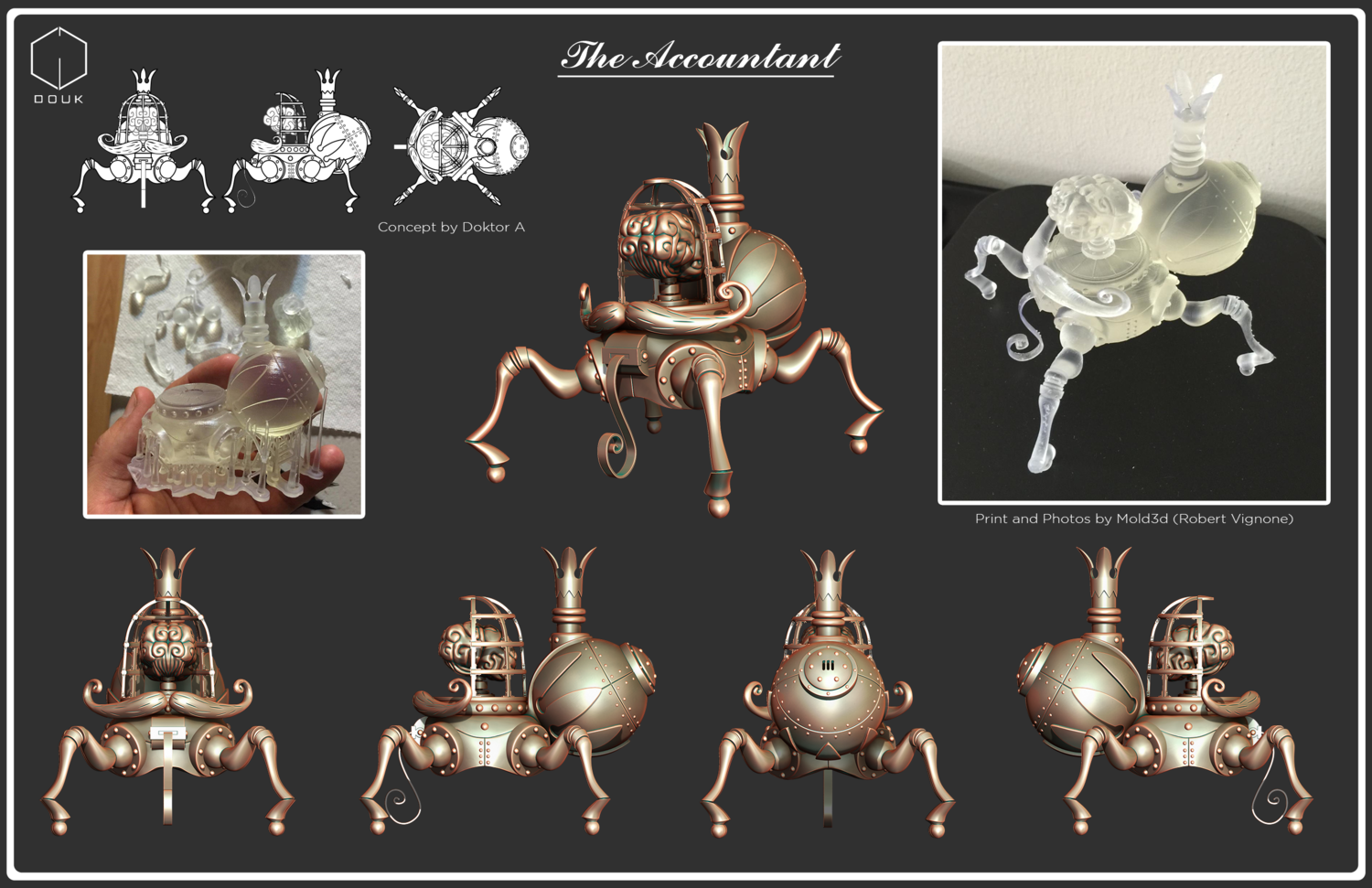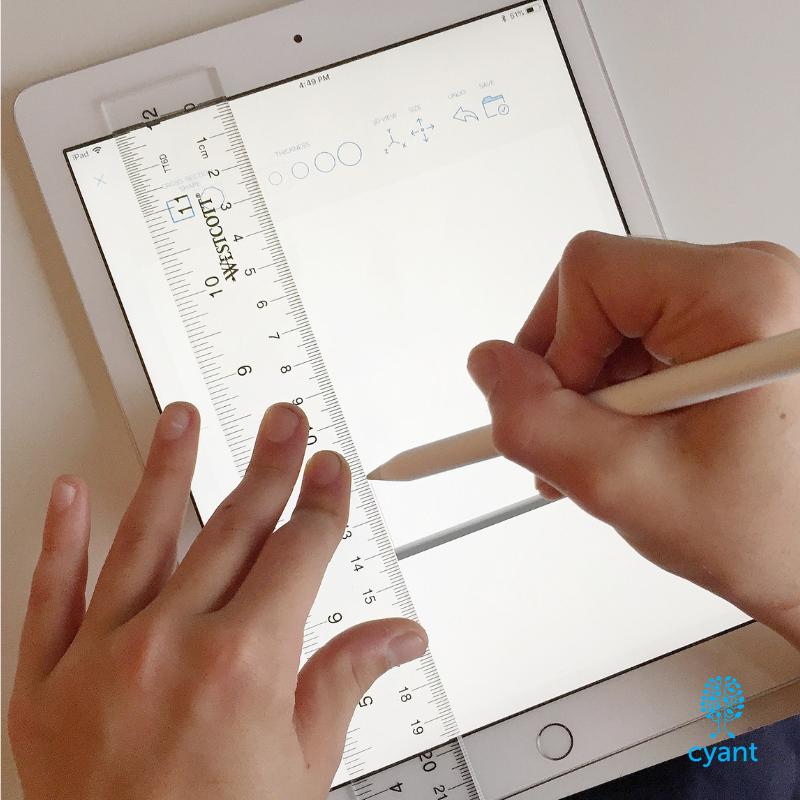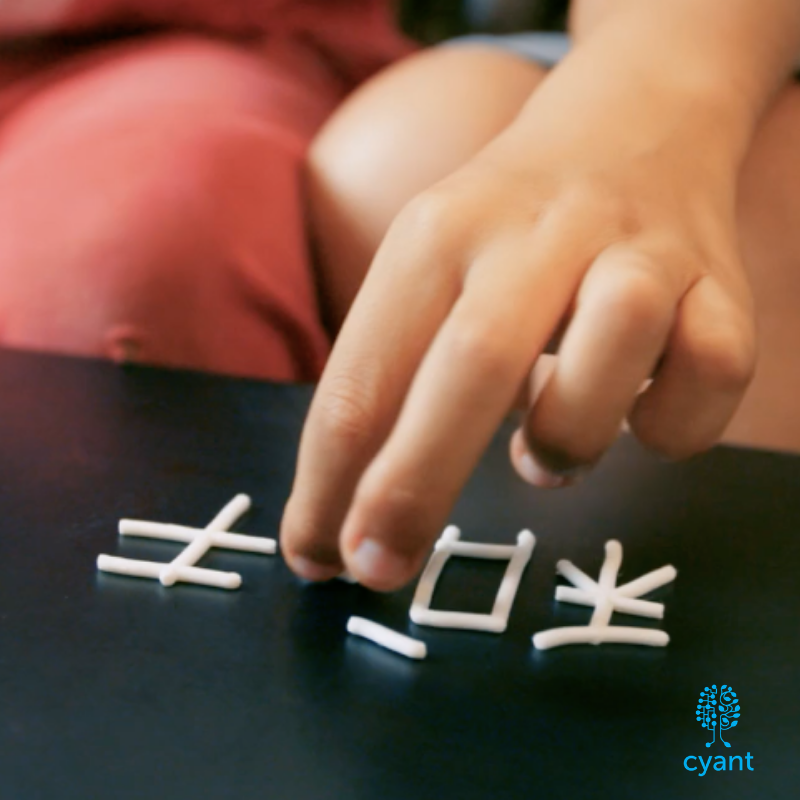Cyant: You are also part of a group of scientists, researchers and entrepreneurs involved with biomimicry. Can you describe what biomimicry is, what motivates you to be involved in that activity, and how you are using it in your work? Are there new designs and design approaches you have been able to bring to w.r.yuma as a result? How would 3D printing and biomimicry intersect?
Sebastiaan: That is actually my favorite question, as biomimicry is something that really excites me! Biomimicry is basically sustainable innovation that is inspired by nature, whereby you look at designs, materials and systems in nature to build products, services, companies even countries! Many of the problems we face as humans have long ago been solved by all the species alive on earth before us. Life on earth has existed for 3.8 bn years, and human history, since the homo sapiens, has only been a very small part of that history. So a lot of the solutions that we need are actually already found in nature. And one of the things we are looking to use at w.r.yuma is the circular economy concepts. The concept of waste is a human concept. In nature, waste is food, or a resource for another species. So whole ecosystems can thrive and there is no material that gets lost. Earth is a very closed system. Except for the occasional meteorite or satellite, there is nothing that comes in or goes out of that system. Another way that biomimicry can really bring something very valuable to the table is the optimization of the design. A lot of structures in nature are designed and used in such a way as to use a minimum amount of energy and material but to perform as optimally as possible. For example the skull of a bird needs to be very strong, but also very light, so nature has found a way to make a bone that is both. And with 3D printing we can mimic and produce this kind of structures. This is something we are looking to experiment with at w.r.yuma: it would be amazing to show how we apply biomimicry in our circular business model, but also in our design. But there is one more method in which biomimicry can be applied: open source. All things in nature use the same language DNA which is open source by nature. That is why you have such diversity in nature, and how ideas can spread throughout and across species with so much success. And that is something we are thinking about: how can we make open source sunglasses that allow people to improve on the design and to make them themselves. There are other concepts where biomimicry & 3D Printing intersect and we’ll be surely working with them because that is my absolute passion.
Cyant: What is your favorite thing to draw? And/Or your favorite drawing? :)
Sebastiaan: I only draw digitally, so I do not use pen and paper, but I actually like to draw sunglasses! It’s true, I really like to draw sunglasses that are quite different. If you look for example at the first sunglasses in the world, which were made from walrus ivory by the inuit people, they did not have any glass or UV protective coating of any sort, so they found some ingenious ways to make very simple glasses. So it is a wonderful thing to draw glasses, and to use new technologies to make something which has not been made or was not possible to make, like the first pair of sunglasses. And it is also wonderful to rethink, and bring to life or back to life, old ideas of how sunglasses are made.
